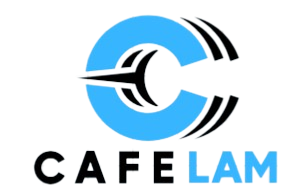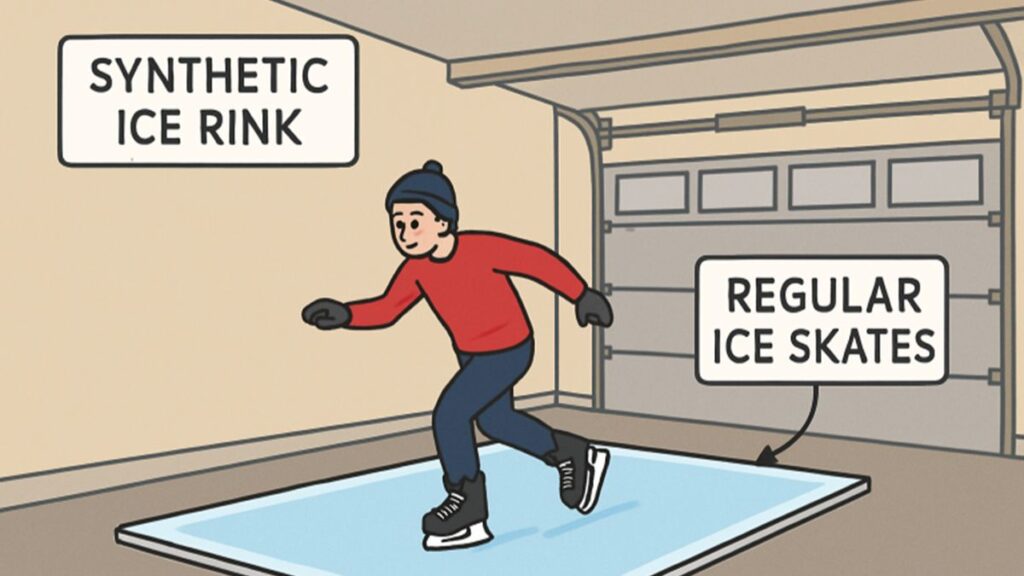Key Takeaways:
- Synthetic ice offers a year-round, cost-effective solution for ice skating and hockey training at home.
- Advancements in technology have significantly improved the performance and realism of synthetic ice surfaces.
- Proper installation and maintenance are crucial for maximizing the benefits of synthetic ice.
Table of Contents:
- Introduction
- What Is Synthetic Ice?
- Benefits of Synthetic Ice
- Choosing the Right Synthetic Ice
- Installation and Maintenance
- Training on Synthetic Ice
- Conclusion
Introduction
For ice sports enthusiasts, traditional rinks are often limited by season, geography, and high operating costs. Synthetic ice surfaces are changing the landscape for skaters and athletes by providing a practical solution that can be installed virtually anywhere. Whether for a dedicated training space at home or a commercial skating facility, these polymer-based rinks bring quality skating to the comfort of your environment. Companies now deliver advanced synthetic ice rinks for businesses, making year-round skating more accessible and cost-efficient.
Families interested in recreational skating, as well as professional figure skaters and hockey players, are seeing the benefits of this innovation. Moreover, schools and community organizations are using synthetic ice to provide programs previously out of reach for their members. Continuous advances in materials and design have further closed the gap between artificial and natural ice, delivering a smooth and responsive skating experience.
With synthetic ice installation, regular skating sessions and skill drills are no longer constrained by rink schedules or maintenance closures. The option to skate any day of the year, paired with significantly reduced costs compared to refrigerated rinks, supports a growing trend toward home-based athletic training.
Choosing the right product, correct installation, and a proper maintenance routine are essential for maximizing the longevity and performance of the synthetic surface. The latest advances have made it feasible for small businesses to host robust skating operations with minimal environmental footprint.
What Is Synthetic Ice?
Synthetic ice consists of interlocking panels made from durable polymers, such as high-density polyethylene (HDPE) or ultra-high-molecular-weight polyethylene (UHMWPE). Skaters use their regular metal blades to move across these panels, replicating the feel and response of ice. Initially developed in the 1960s, synthetic ice has evolved in durability, lubricity, and seam reduction, thanks to modern manufacturing methods and innovative self-lubricating compounds. The improved materials now support casual and competitive skating, while minimizing upkeep and maximizing performance.
Unlike previous generations, today’s synthetic ice technology offers a glide factor much closer to real ice, with considerably less friction and resistance. This allows athletes to work on complex routines, edge transitions, and power skating drills without the variable conditions of natural ice. The skating surface remains consistent over time when combined with proper installation and cleaning.

Benefits of Synthetic Ice
- Year-Round Accessibility: You can maintain a consistent training regimen, skate with friends, or run skating programs regardless of weather or season.
- Cost-Effective Setup and Operation: No refrigeration or large-scale cooling equipment is required, slashing business operating costs and eliminating homeowners’ high utility bills.
- Convenience and Flexibility: Home installations remove barriers associated with rink operating hours and lengthy commutes, enabling spontaneous practice or family skating sessions at any time.
- Sustainability: Synthetic ice brings an eco-friendly edge to skating, supporting global efforts to reduce energy consumption in sports facility management. More information on energy use in sports can be found at BBC Future.
Choosing the Right Synthetic Ice
The performance and longevity of a synthetic ice rink depend heavily on material selection and design. Here are the most important criteria to explore:
- Material Quality: Seek panels made from HDPE or UHMWPE for the best glide and resistance to wear; these materials also mitigate the buildup of shavings from skate blades.
- Panel Size and Thickness: Fewer seams are best for skating quality; thicker panels can sustain heavier activity levels and offer a more durable base for aggressive skating and jumps.
- Self-Lubricating Technology: Modern self-lubricating panels require less ongoing maintenance, making the surface slicker and minimizing glide resistance for skaters of all levels.
Installation and Maintenance
Proper installation and regular care are needed for the optimal skating experience and to extend the life of the rink.
- Surface Preparation: Choose a flat, stable foundation, free from debris and dust. Homeowners should clear garage or basement spaces thoroughly before panel installation.
- Panel Assembly: Follow manufacturer instructions closely to lock panels tightly together, eliminating bumps and ridges that can disrupt skating.
- Routine Cleaning: Use a soft broom or vacuum to remove dust and small particles. For best performance, mop the rink every few weeks using a damp mop with pH-neutral soap, avoiding harsh cleaners that might damage the surface.
Regular checks will prevent panels from lifting or shifting, especially after extended use, and help maintain a seamless, consistent skating area. The New York Times offers insights into proper synthetic rink care.
Training on Synthetic Ice
- Skating Drills: From basic forward and backward skating to complex edge work and agility footwork, the resistance of synthetic ice helps build strength and muscle memory.
- Stickhandling: Athletes can replicate real-game conditions for puck control and hand speed, even using off-ice pucks to protect the surface.
- Shooting Practice: Install shooting pads or rebound boards to perfect slap shots, wrist shots, and one-timers; synthetic ice efficiently handles repetitive impact drills.
The slightly increased friction of synthetic ice encourages precision and effort, making on-ice skills sharper once skaters return to traditional arenas.
Conclusion
Synthetic ice surfaces have become a transformative option for ice sports training and recreation at home. When chosen and maintained carefully, these rinks offer exceptional year-round value for families, athletic programs, and business ventures. Continuous technology advancements mean skaters no longer compromise on experience, paving the way for broader access, high-quality training, and sustainable fun on the ice—no matter where you live.







